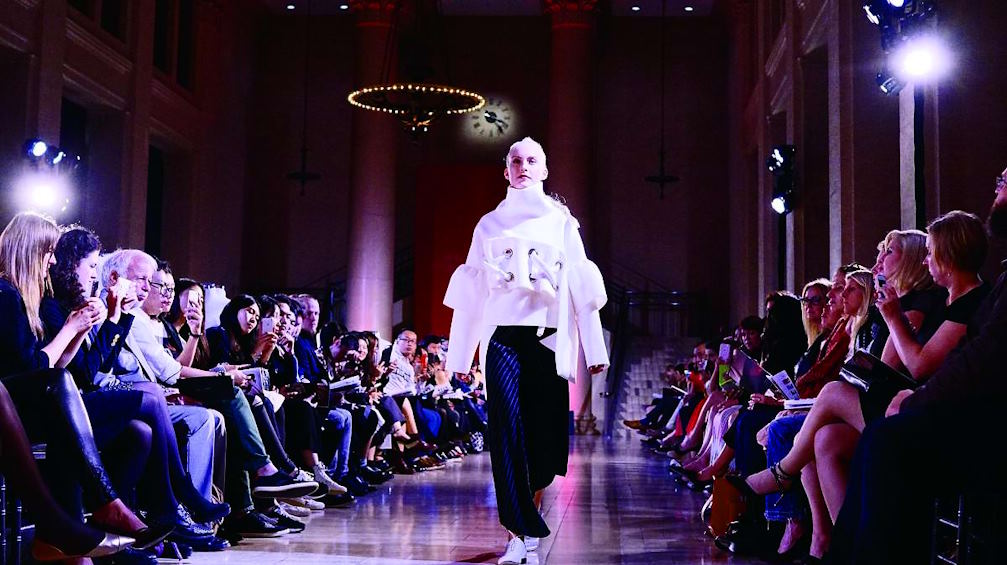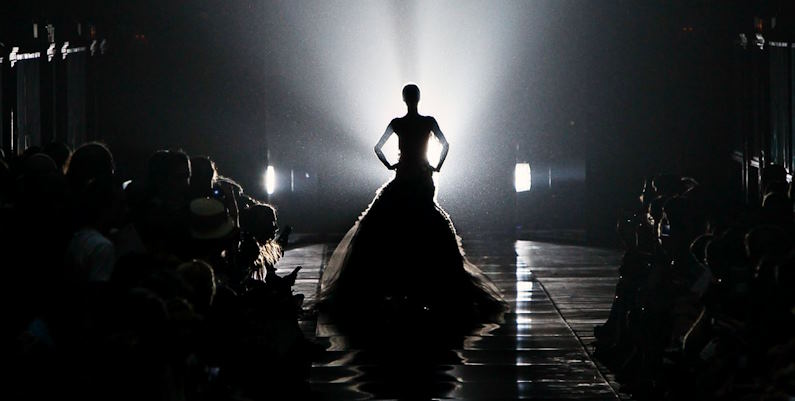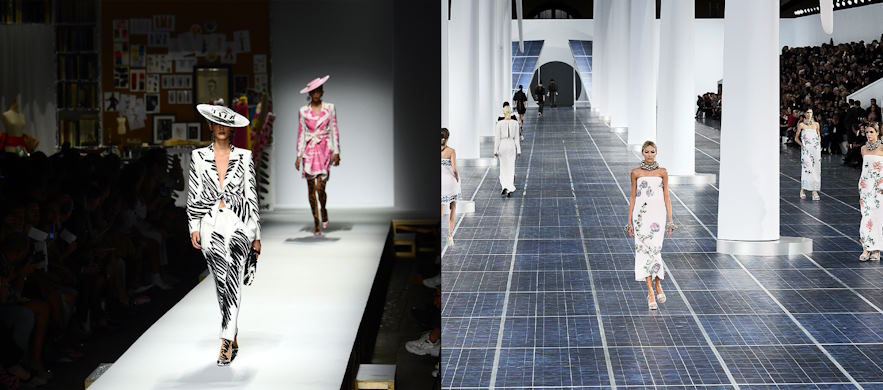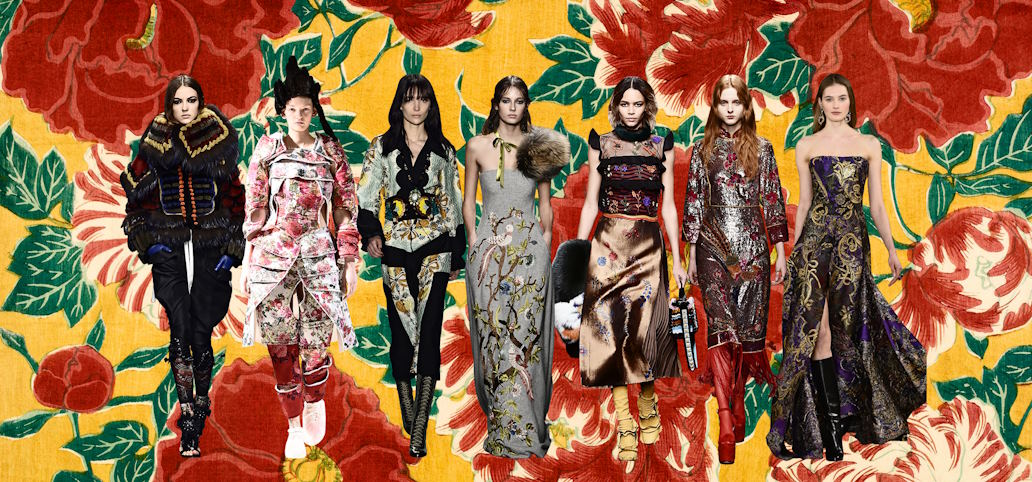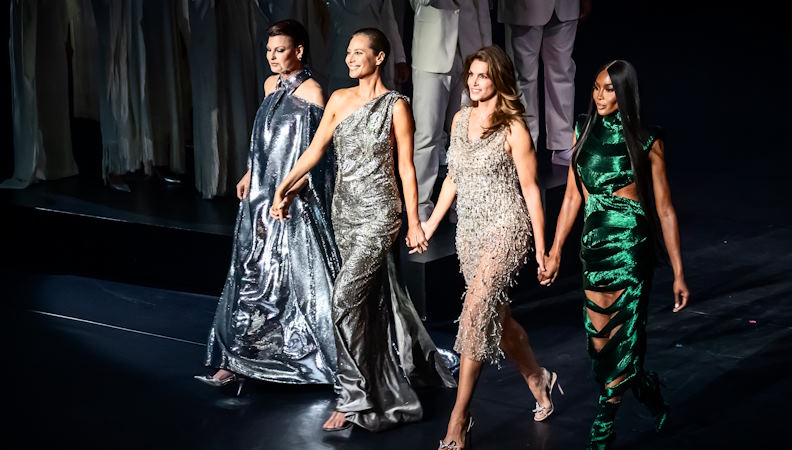Fashion photography is an art form that transcends mere documentation; it’s a dynamic fusion of style, storytelling, and the pursuit of visual excellence. Nowhere is this artistry more vividly on display than at the runway shows of the fashion world. These electrifying events, where designers unveil their latest creations to an eager audience, provide a canvas for photographers to weave their magic.
The Creative Process Behind Fashion Photography
Fashion photography is an exhilarating art form that demands meticulous preparation, adaptability, and an unwavering eye for detail. Before the models grace the runway and the camera shutters start clicking, fashion photographers go through a rigorous creative process that ensures they can capture every nuance of the designer’s vision. Let’s take a closer look at the intricate steps involved in this creative journey.
Pre-show Preparation
- Equipment and Gear Selection: Fashion photographers are like modern-day knights, equipped with an arsenal of cameras, lenses, and lighting equipment. The choice of gear can significantly impact the final outcome, so photographers meticulously select the tools that best suit their vision for the shoot.
- Understanding the Runway Layout: Familiarity with the runway layout is paramount. Photographers must anticipate where the models will be positioned and plan their shots accordingly. This understanding ensures they are in the right place at the right time to capture those unforgettable moments.
- Coordination with Designers and Models: Collaboration is key in the world of fashion photography. Photographers work closely with designers and models to understand the creative direction, wardrobe choices, and desired atmosphere for the shoot. This coordination ensures a harmonious synergy between all stakeholders.
On-Site Challenges
- Lighting Conditions: Fashion show venues are known for their diverse lighting conditions, often transitioning from dimly lit backstages to the bright glare of the runway. Photographers must adapt quickly, adjusting settings to maintain the integrity of the shot.
- Fast-Paced Environment: Fashion shows are dynamic and fast-paced, with models striding down the runway at a brisk pace. Photographers need lightning-fast reflexes to capture those split-second moments that define the show.
- Navigating Crowded Runways: The runway can get crowded with photographers all vying for the perfect shot. Maneuvering through this sea of lenses while maintaining professionalism is another challenge photographers must overcome.
Composition and Framing
- Capturing Unique Angles and Perspectives: Fashion photographers are known for their ability to find extraordinary angles and perspectives, making even the most familiar garments appear fresh and exciting.
- Focusing on Details and Accessories: Beyond the garments themselves, photographers highlight the intricate details and accessories that complete the look, providing a comprehensive view of the designer’s artistry.
- Emphasizing Models’ Expressions and Movements: The model’s expressions and movements are integral to the narrative. Photographers focus on capturing the emotions and energy they convey, enhancing the story told through each image.
The Photographer’s Eye: Artistic Elements in Fashion Photography
Fashion photography is not just about capturing models and garments; it’s an art form that relies on the photographer’s keen eye for artistic elements. In this segment, we’ll explore how photographers harness the power of color and contrast, master depth of field, and play with motion and stillness to create captivating images on the runway.
Color and Contrast
- Enhancing the Vibrancy of Fashion: Color is the heartbeat of fashion. Photographers understand that vivid hues can bring garments to life. They skillfully manipulate color to ensure every shade, from the boldest reds to the softest pastels, pops off the image, creating an immersive experience for the viewer.
- Creating Mood Through Color Schemes: Beyond mere representation, photographers use color to convey emotions and narratives. The choice of color schemes can evoke a sense of nostalgia, excitement, or serenity, transforming fashion photography into a visual storytelling medium.
Depth of Field
- Blurring Backgrounds for Focus on the Subject: Depth of field is a powerful tool in fashion photography. By skillfully blurring the background, photographers draw the viewer’s attention squarely onto the subject, making the model and their attire the undisputed stars of the frame.
- Balancing Depth and Clarity: Striking the perfect balance between depth and clarity is an art in itself. Photographers masterfully adjust aperture settings to maintain sharpness where needed while still achieving that dreamy, ethereal quality that defines fashion photography.
Motion and Stillness
- Freezing Moments of Model Movement: Models’ movements on the runway are graceful and dynamic. Photographers have the knack for freezing these ephemeral moments, capturing the model mid-stride or in a mesmerizing pose that conveys the energy and spirit of the fashion show.
- Conveying the Fluidity of Fabrics and Designs: Fashion is about more than static garments; it’s about movement and flow. Photographers use various techniques, such as panning shots and slow shutter speeds, to emphasize the fluidity of fabrics and designs, adding a dynamic element to their images.

